
1. Antarctica before ice
Like Alaska's mighty Yukon, a broad river once flowed across Antarctica, following a gentle valley shaped by tectonic forces at a time before the continent became encased in ice. Understanding what happened when rivers of ice later filled the valley could solve certain climate and geologic puzzles about the southernmost continent.
The valley is Lambert Graben in East Antarctica, now home to the world's largest glacier. Trapped beneath the ice, the graben (which is German for ditch or trench) is a stunning, deep gorge. But before Antarctica's deep freeze 34 million years ago, the valley was relatively flat and filled by a lazy river, leaving a riddle for geologists to decode: How did Lambert Graben get so steep, and when was it carved?
2. Yosemite firefall
Last year, Yosemite National Park's famed "firefall" was more of a "firedrizzle" due to lack of snow. But this year, the "firefall" is burning bright.
Yosemite's Horsetail Fall flows like lava under a clear sky and favourable lighting. It's a small waterfall that makes big news whenever it glows orange during sunset in mid- to late February. This time of year, the sun is setting at just the right angle and the western sky is just clear enough to create the "firefall" effect. When that happens, the waterfall will glow orange for about 10 minutes.
3. Locusts swarm
A menacing swarm of locusts that entered southern Israel earlier this week has been largely smitten, according to the Israeli government and local reports. But some of the insects' ilk may be back later this week.
Officials sprayed the flying insects with pesticide early this morning (March 6), greatly reducing the number of living, flying insects, according to a statement from the Ministry of Agriculture and Rural Development.
4. Swirly image of Earth
A new photo taken from the International Space Station shows an ecologically diverse area of Panama in a new light.
The picture is the first taken by a new Earth-observing tool recently installed on the orbiting science laboratory, and shows the San Pablo River emptying into the Gulf of Montijo, reported NASA's Earth Observatory.
5. Penguin shield
Emperor penguins “wear” an invisible shield of cold air that helps to prevent body heat loss, allowing the flightless birds to survive the sub-zero temps of Antarctica, a new study finds.
The report, published in the journal Biology Letters, demonstrates just how hardy the birds are.
6. Kissing octopus
Scientists are unveiling a rare octopus that has never been on public display before.
And unlike other octopuses, where females have a nasty habit of eating their partners during sex, Larger Pacific Striped Octopuses mate by pressing their beaks and suckers against each other in an intimate embrace.
7. Europa ocean
The huge ocean sloshing beneath the icy shell of Jupiter's moon Europa likely makes its way to the surface in some places, suggesting astronomers may not need to drill down deep to investigate it, a new study reports.
Scientists have detected chemicals on Europa's frozen surface that could only come from the global liquid-water ocean beneath, implying the two are in contact and potentially opening a window into an environment that may be capable of supporting life as we know it.
8. Snowstorm from space
The latest in a series of late-season snowstorms is barrelling toward the East Coast, dumping nearly a foot of snow on some locales as it passes.
The National Weather Service predicts 8 to 12 inches (20 to 30 centimetres) of snow could fall in the Mid-Atlantic states tonight (March 5), with up to 18 inches (45 cm) in West Virginia. Tomorrow (March 6), traffic snarls are expected along Interstate 95 as the system collides with warm air over the East Coast, pummelling northern Virginia, Washington, D.C., Maryland, New York's Long Island and southern Connecticut with heavy, wet snow.
9. Ancient giant camels
Camels are the poster animals for the desert, but researchers now have evidence that these shaggy beasts once lived in the Canadian High Arctic.
The fossil remains of a 3.5-million-year-old camel were found on Ellesmere Island in Canada's northernmost territory, Nunavut. The camel was about 30 percent bigger than modern camels and was identified using a technique called collagen fingerprinting. The finding, detailed today (March 5) in the journal Nature Communications, suggests that modern camels stemmed from giant relatives that lived in a forested Arctic that was somewhat warmer than today.
10. Grotesque mummy head
In the second century, an ethnically Greek Roman named Galen became doctor to the gladiators. His glimpses into the human body via these warriors' wounds, combined with much more systematic dissections of animals, became the basis of Islamic and European medicine for centuries.
Galen's texts wouldn't be challenged for anatomical supremacy until the Renaissance, when human dissections - often in public - surged in popularity. But doctors in medieval Europe weren't as idle as it may seem, as a new analysis of the oldest-known preserved human dissection in Europe reveals.
11. Space junk menace
The European Union has launched a new program to tackle the threat of space junk, which litters the corridors of Earth orbit.
Space junk is man-made debris - spent rocket stages, dead satellites and even lost spacewalker tools - orbiting Earth. These bits of detritus pose a risk to orbiting satellites, which even a small piece of space trash could damage or destroy.
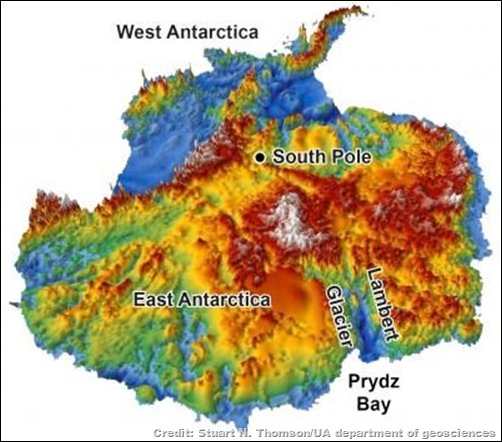


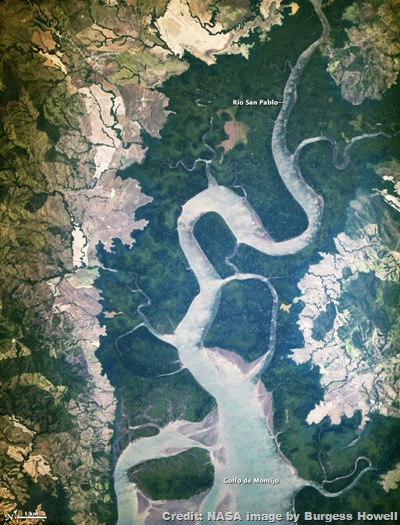

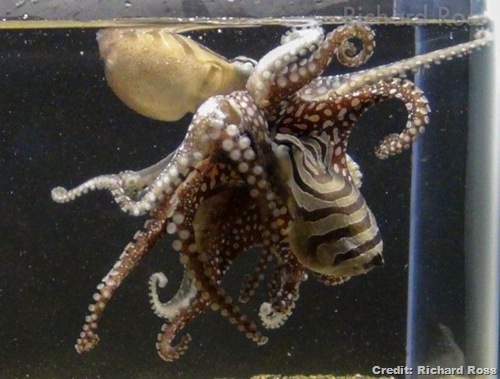
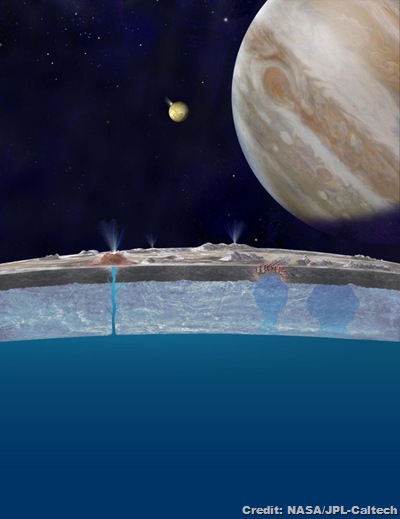
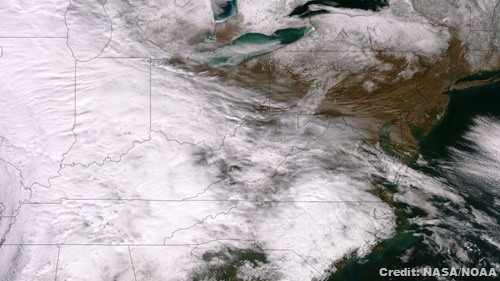
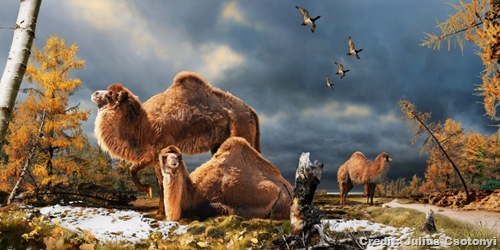
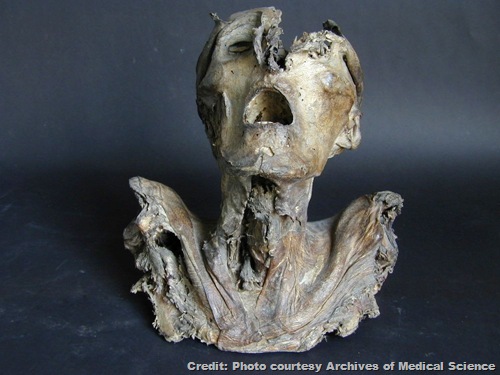
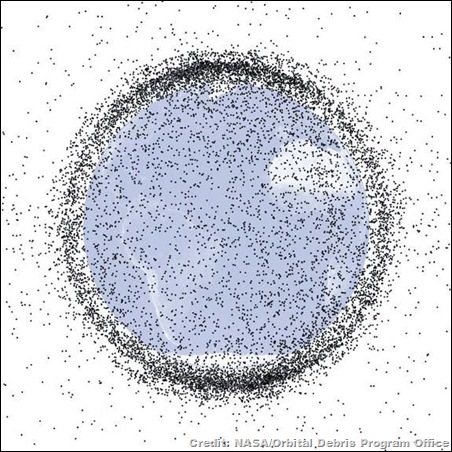
No comments:
Post a Comment
Please adhere to proper blog etiquette when posting your comments. This blog owner will exercise his absolution discretion in allowing or rejecting any comments that are deemed seditious, defamatory, libelous, racist, vulgar, insulting, and other remarks that exhibit similar characteristics. If you insist on using anonymous comments, please write your name or other IDs at the end of your message.